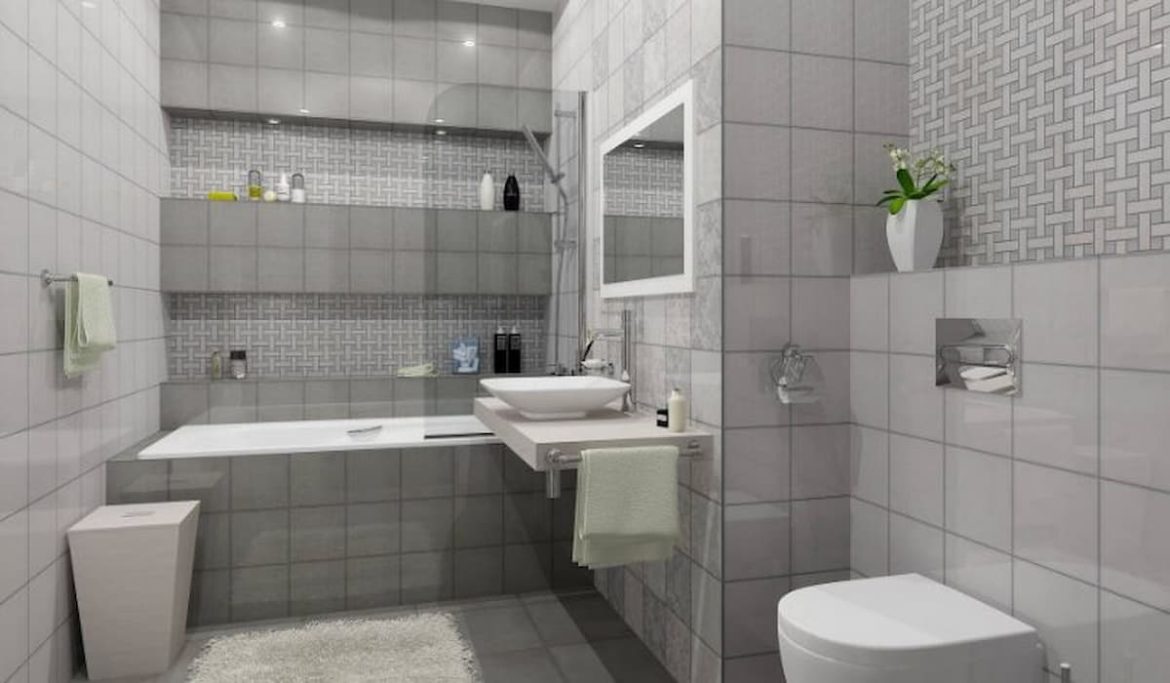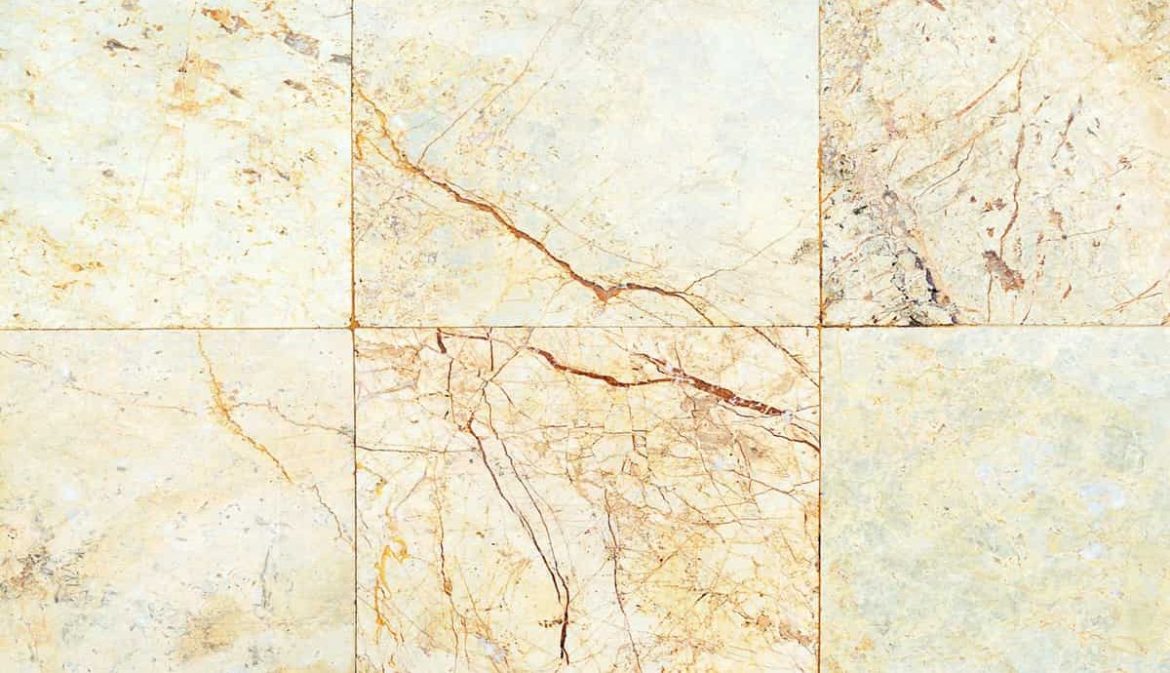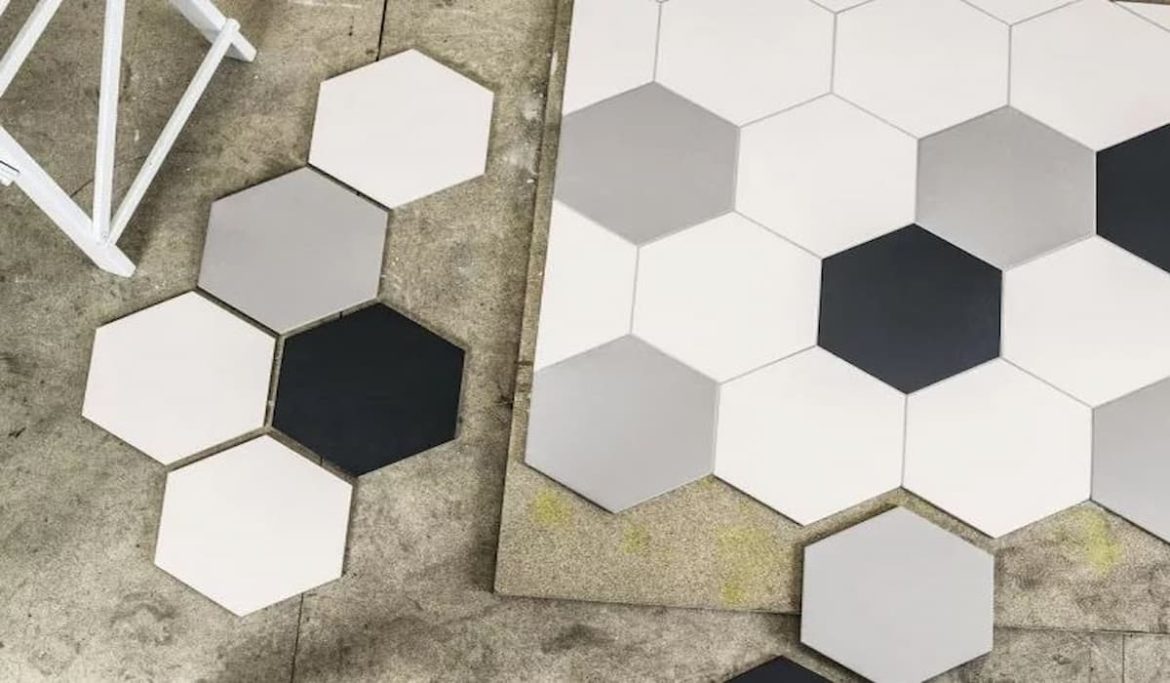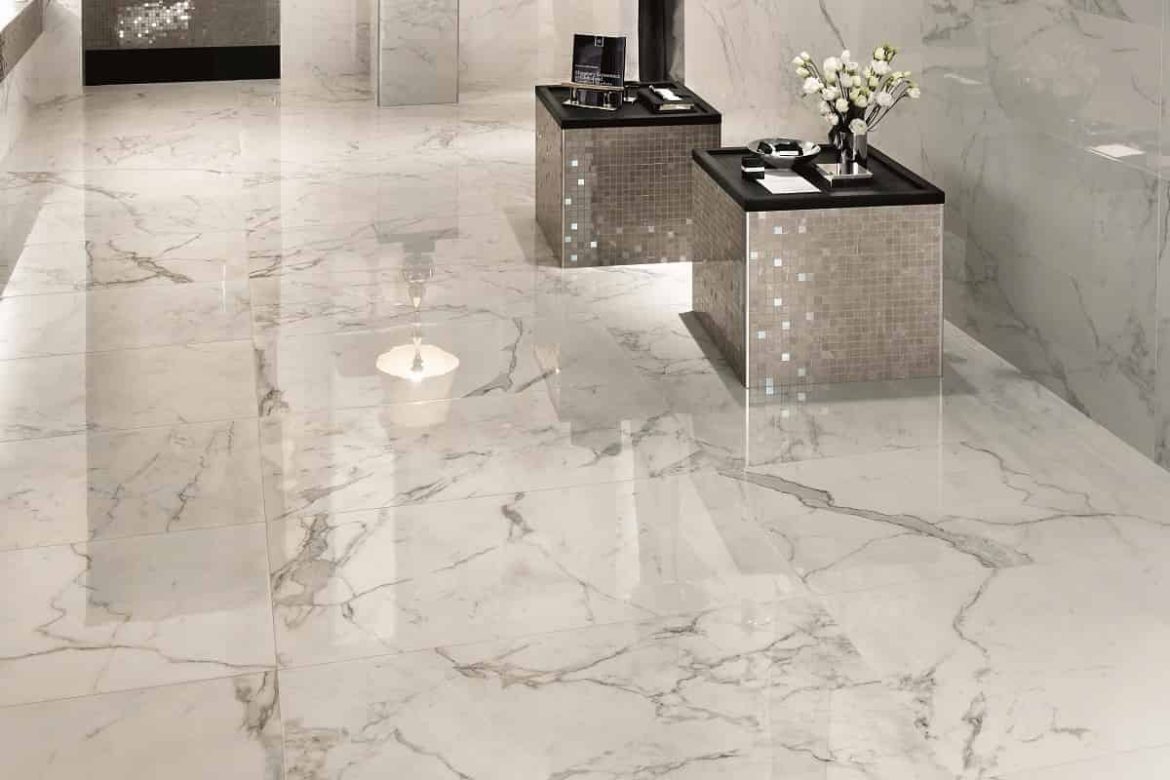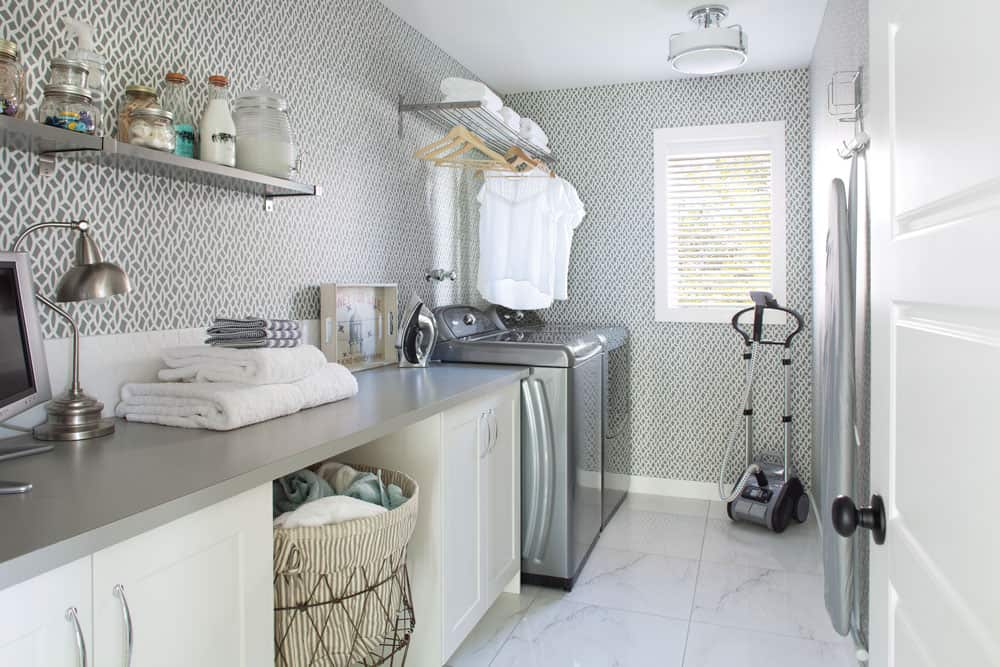Buy Removing Marble Tile Types + Price
Expect a lot of damage at first if you have to take out or remove marble tiles from the floor
To prevent injuries and how to start, put on safety gear, including goggles and hearing aids, as well as protective clothing like long sleeves and pants
During this process, flying marble shards are likely to occur
Thus, it’s crucial to take all required precautions to stay safe
Safety gear should always be worn because swinging a sledgehammer on marble might cause long-term hearing damage
If the room is poorly ventilated, a breathing mask may be required due to the presence of dust in the air
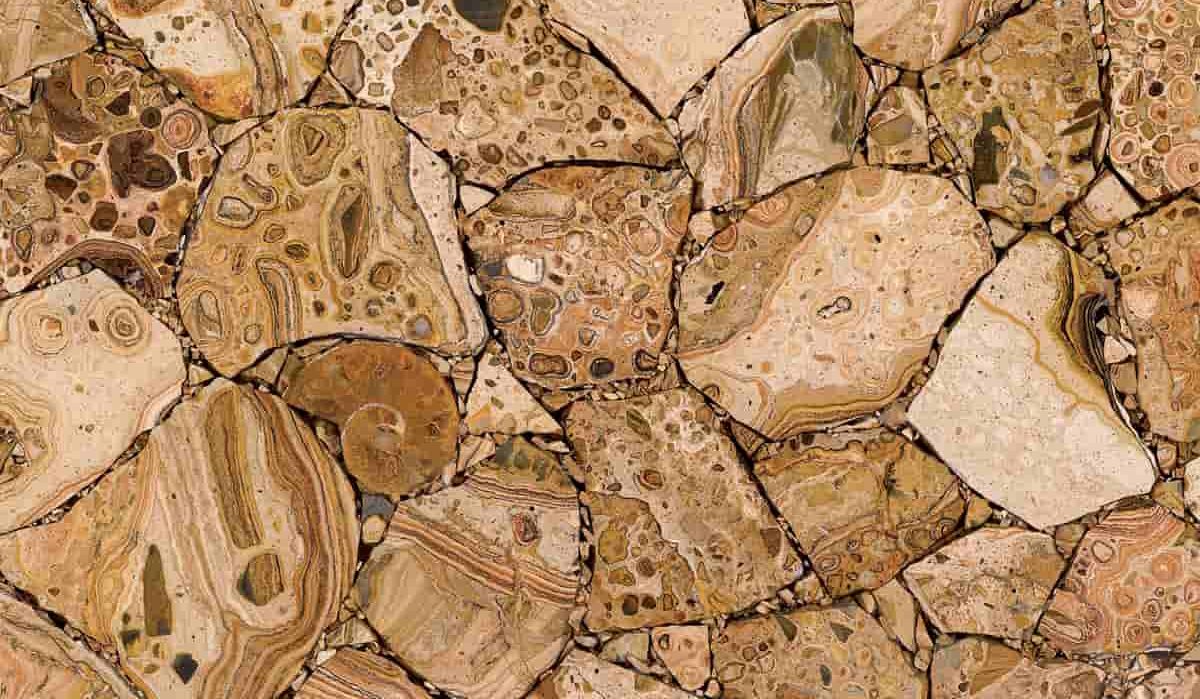
START OF THE WORK With a sledgehammer, begin by breaking a few of the tiles in the room’s center
Concentrate on the grout lines since they are the weakest areas of tile
When using the sledgehammer, be careful not to let your enthusiasm get the better of you
The material needs to be broken up into smaller pieces to make removal easier, but caution needs to be used to protect the subfloor
START REMOVING BIG PIECES The larger pieces of the marble can be lifted up and moved out of the way once it has been broken and fractured in multiple places
A floor scraper used while standing or the flat edge of a masonry chisel used while seated can be used to pry up large tile portions and individual tiles
You might have to prod the mortar underneath to break its hold
INSTALLATIONS OF MORTAR BED If your marble were put in a thick mortar and reinforced with wire mesh, you would be able to tell at this step
If so, you’ll need to start tearing the mesh apart with some aviation shears in order to get it off the ground
The effort-intensive procedure has a fruitful outcome in the extraction of larger marble chunks without fragmentation
While working on this project, you should wear thick leather gloves to protect your hands from the sharp edges of the wire mesh
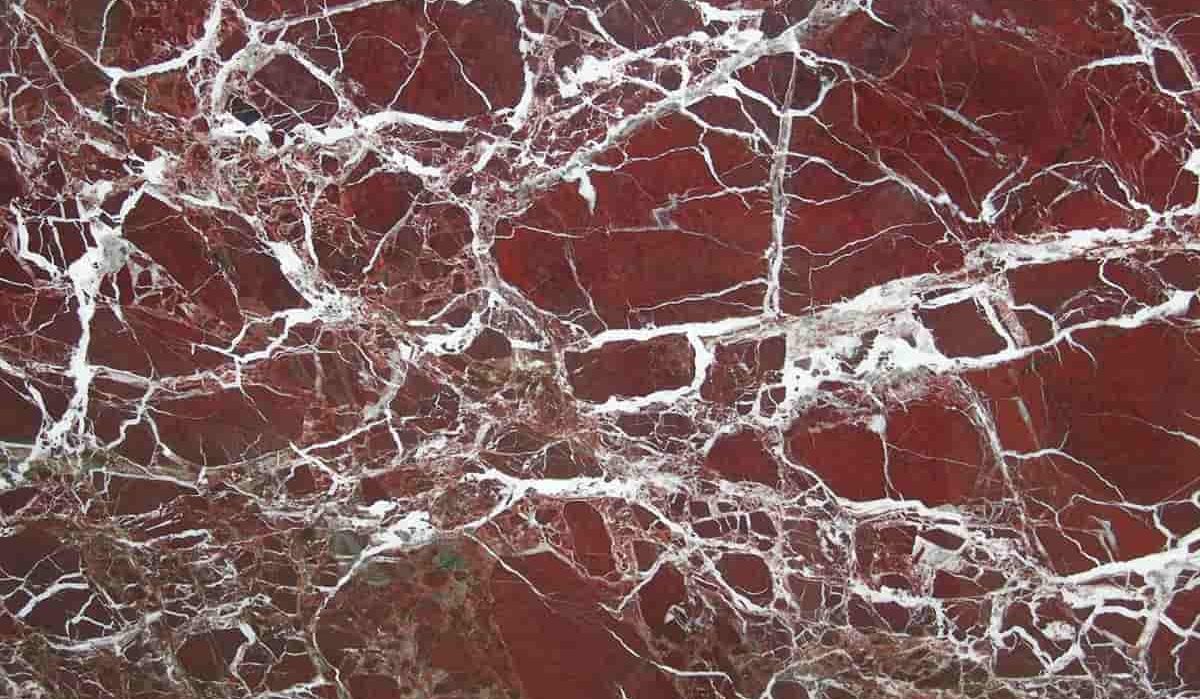
CHISEL UP THE SMALLER REMNANTS The sledgehammer should only be used for partial tile destruction
Tap the masonry chisel’s handle with the hammer while pressing the blade on the underside of the tile
This can be used to scrape out tiny bits of dirt and filth that have entrenched themselves in the tile
To remove the shard, peel the mortar away from it using the chisel’s pointed edge
AFFORDABLE SUBFLOOR Use a paint scraper to remove any dry, thin-set mortar that has formed on the subfloor
You might need to use coarse or medium sandpaper to get a smooth finish
A floor leveling compound can be used to repair damage to the floor caused by removal

Before installing new flooring, ensure the subfloor is even, level, and fault-free
In some cases, a thin underlayment could be the ideal option for covering a subfloor
A marble floor may be removed with the correct tools and little guidance
The greatest method to ensure both your personal safety and the success of any do-it-yourself job is to take your time
You might as well wait till it’s gone if you put off installing new flooring
REMOVAL GUIDELINES FOR MARBLE FLOORING Baseboards must be removed from areas with marble floors
A felt-tip pen should be used to number the walls and baseboards
Baseboards can be remounted with the help of this
To access the baseboard and the wall:
Use a screwdriver, a putty knife, or a pry bar
Get as near to the nail without breaking it when removing the baseboard
Pull out the nails holding the baseboard to make this right
Cover or relocate anything that could be damaged by flying tile fragments
Use drops cloths or old blankets to shield yourself
Cover your hands and eyes to protect yourself from harm
To score the grout in between the marble tiles, use a chisel or other grout-scoring instrument
Use a chisel to gouge out the grout and remove it by placing it at an angle on top of the grout and tapping it with the hammer
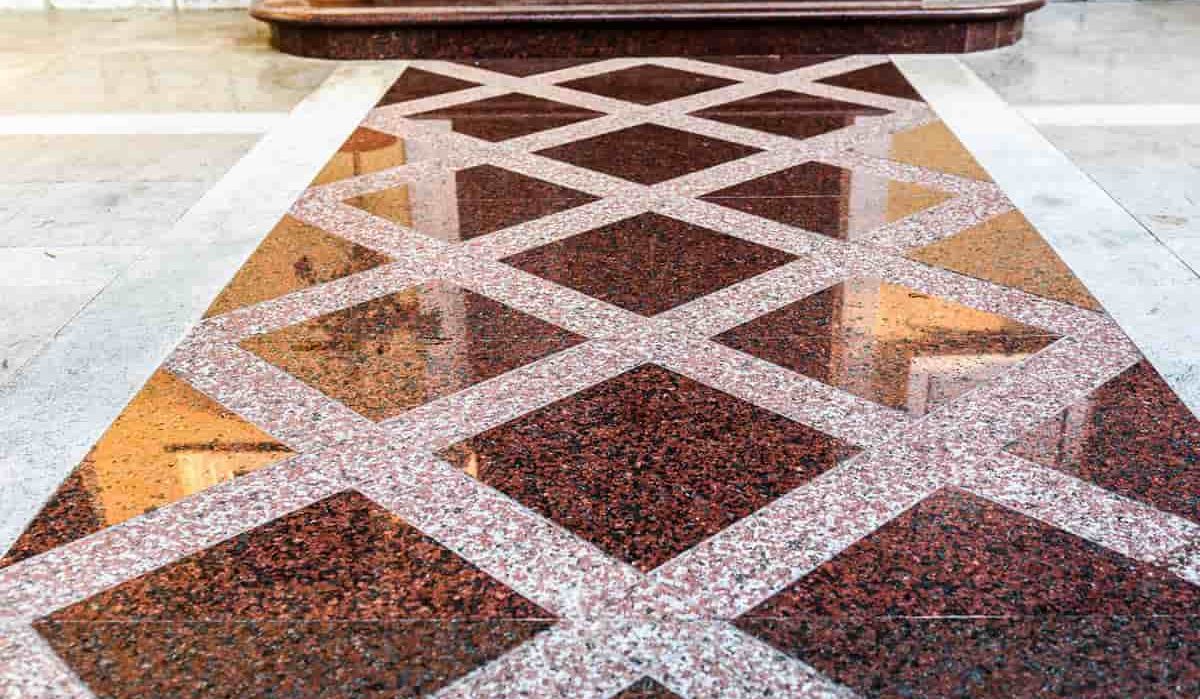
Dust and debris in the grout between the marble tiles should be removed using a wet/dry vacuum
A pry bar can be used to remove a tile from a marble floor by slipping it in between the tiles and hooking the lip of the bar under the tile
To remove the tile, apply pressure to the pry bar, then lift it up
Working the lip of the pry bar beneath the tile may require several tries
Use the putty knife to remove the thinset and reuse the tile if it is not broken or chipped
Take out that tile! Return to Step 4 to remove all of the marble tiles
A thin set on the underlayment should be eliminated using a putty knife to scrape it off
Then, the debris should be cleaned off
Before you start removing the marble floor from the room, make sure everything is out of the way
Additionally, look for any debris or spilled objects on the floor
To be safe, take down any wall decorations
Sledgehammers used for demolition should be used to begin in the middle of the room and pound on a grout joint to shatter the floor
Work away from the center as you carefully chisel beneath the marble tile’s edge
For the most efficient and comprehensive removal, it is advised to utilize a side-to-side motion
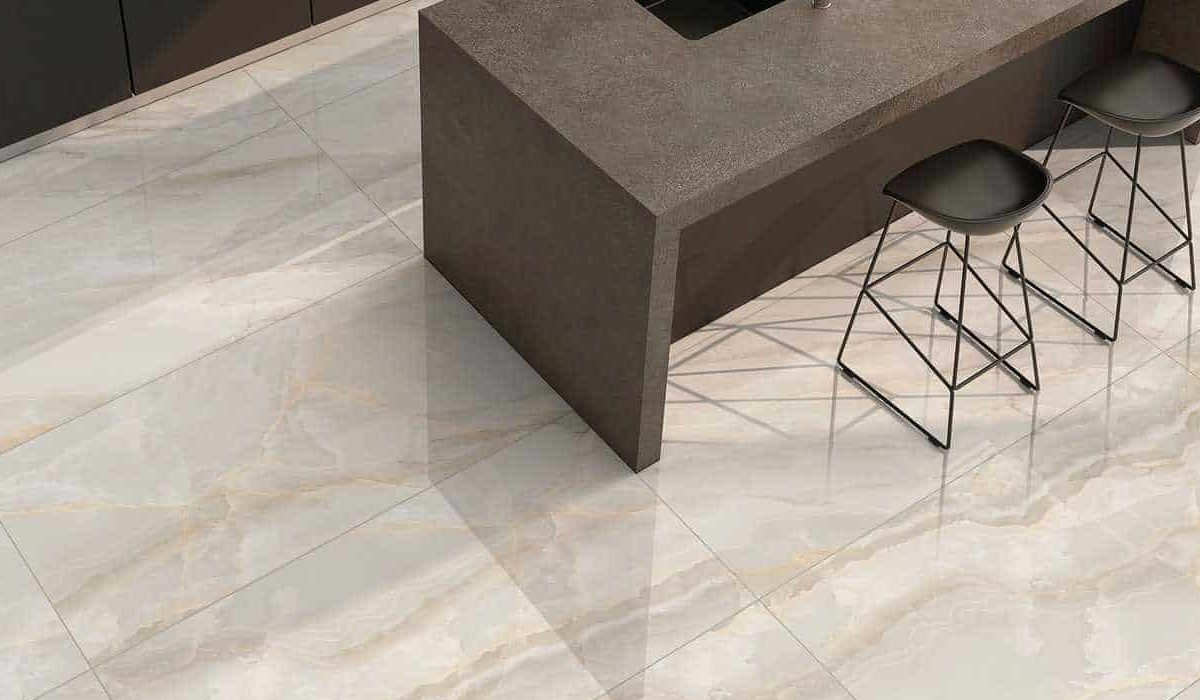
You’ll have to use a chisel and a hammer since the demolition hammer is too heavy and inflexible to be used in smaller locations
Keep an eye out and listen closely, especially in and around the corners and doorways of the room
You will need to use the smaller hammer with the chisel or the pry bar to loosen the floor in the places where the demolition hammer won’t reach in order to be able to remove it
After scooping up everything, use a floor scraper to dislodge any remaining dust or debris from the floor
There’s a potential that using the scraper only once won’t be sufficient to collect everything you require
It is advised to wear a dust mask in addition to safety goggles, gloves, and protective clothing while removing a marble floor to prevent breathing dust particles
There is a lot of dust created when marble flooring is scraped
The following step is to clean any surfaces that the removal of the flooring may have damaged, such as the walls, windows, and other surfaces
Wipe away any leftover dust with a moistened cloth


